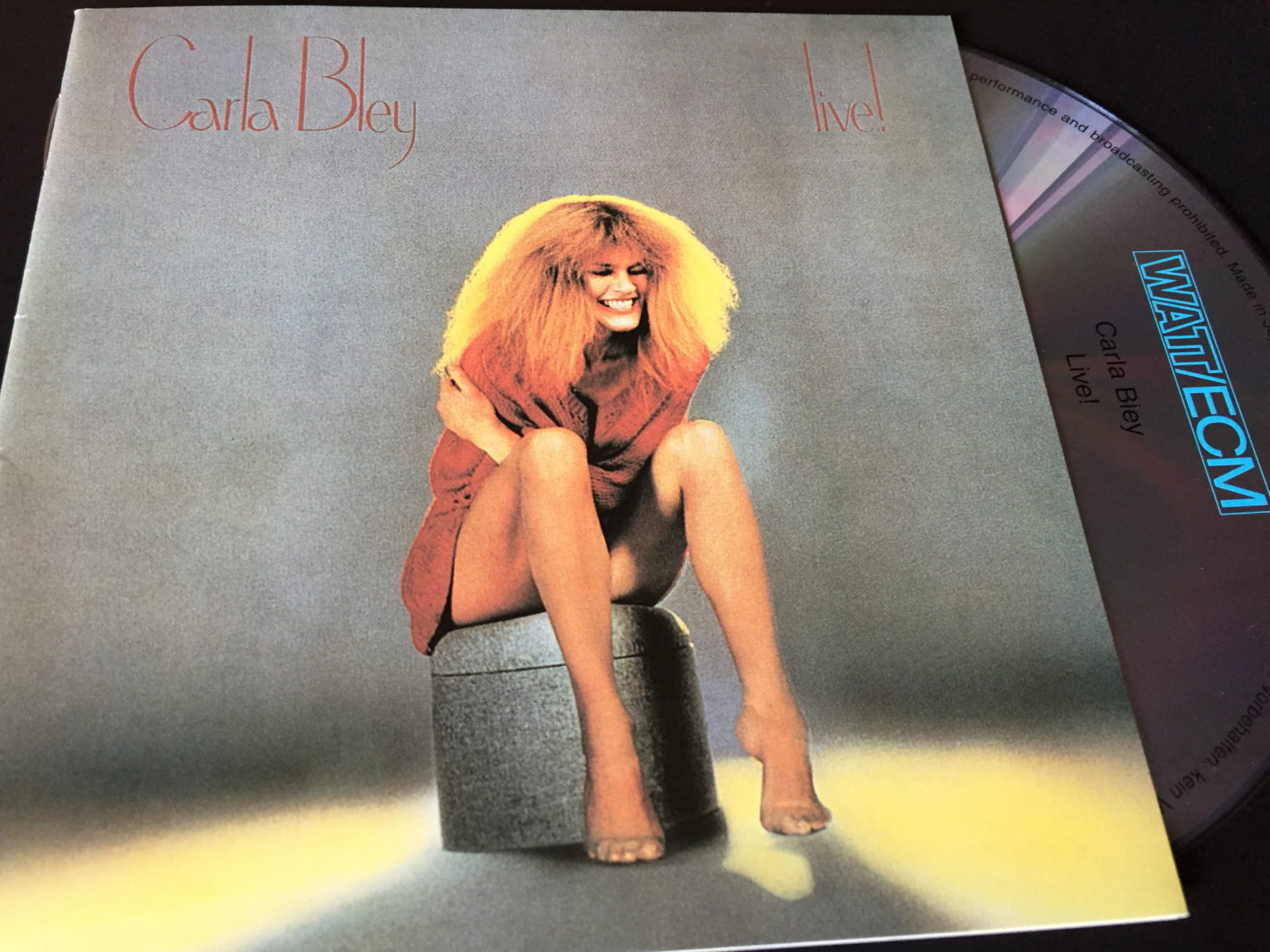
He was first introduced to the electric bass while doing a music trade show with Gary Burton and trying a Gibson EB-2. In the early 1970s, Swallow switched exclusively to electric bass guitar, of which he prefers the five-string variety. It is in the 1960s that his long-term association with Gary Burton's various bands began. After joining Art Farmer's quartet in 1963, Swallow began to write. In 1960, he left Yale University, where he was studying composition, and settled in New York City, playing at the time in Jimmy Giuffre's trio along with Paul Bley. While attending a prep school, he began trying his hand in jazz improvisation. Biography Steve Swallow in San Francisco 1981īorn in Fair Lawn, New Jersey, United States, Swallow studied piano and trumpet, as a child, before turning to the double bass at age 14. He was one of the first jazz double bassists to switch entirely to electric bass guitar. This is Bley at her most delectable.Steve Swallow (born October 4, 1940) is an American jazz bassist and composer, known for his collaborations with Jimmy Giuffre, Gary Burton, and Carla Bley. In that sense, the music leans against desperation, even as it succeeds in cleaning every plate as if it were the last. And despite the energy spent, chef Bley must be “on” for the dinner itself, prolonging her rest that much longer for the sake of her honored guests. This is also one of Bley’s best titles for conveying the sheer amount of effort that goes into preparing a dinner, especially for a large group. Otherwise, every flavor stands out in relation to the rest.


Looking back on the meal, I only wish the spices of Edwards and Gadd had been applied more liberally throughout this quintessential meal, as they seem relatively faint in the mix. Our aperitif is served in a glass etched with the words “A New Hymn.” This anthemic wonder, swirling with full-bodied horns, goes down easy. In this instance it is instrumental, upbeat, and optimistic. Bley even references herself by reprising “Funnybird Song” from Tropic Appetites. And when the rhythm section of bassist Gordon Edwards and drummer Steve Gadd kicks in with a solid groove, and the flute of Carlos Ward draws out the sunset just a little longer than physics will allow, the band unravels a pioneering atmosphere. The sound of a crowd sets the scene as Bley warms up on the piano (she also plays tenor saxophone). Bley sings on the latter tune with a touch of melancholy that cannot be washed away with any amount of champagne. Yet what on the surface appears to be even-tempered teems with chaos and fascinations beneath. “Dreams So Real” (recorded the year before on the eponymous album by Gary Burton for ECM) is another laid-back beauty, replete with electric undercurrent, as is “Dining Alone.” Rudd and Ward are a lovely leading pair, while the electric guitar of Eric Gale is incisive and intriguing. Though smoother than its surrounding courses, Bley keeps us on our aural toes with some interesting changes in the organ. “Sing Me Softly Of The Blues” also happens to be the title of record by the Art Farmer Quartet, which included the timeless “Ad Infinitum,” also heard here. That said, she does use the piano to heat up the appetizer of “Sing Me Softly Of The Blues.” The sounds of a meal serve as backdrop while joy and self-derision pass around the same funky libation, compelling Rudd to raise an early toast (also check out his dialogue with a trumpeting Mantler on “Song Sung Long”). This time around, the bandleader and composer relegates the pianistic duties to Richard Tee and opts mostly for organ, thereby adding warmth of character and a tingling personality. Fourth, it sets the tonal balance of wit and rigor that defines a particularly fruitful era of her genius.


Third, it welcomes saxophonist Carlos Ward, trombonist Roswell Rudd, and tuba player Bob Stewart into the fold. Second, it gives her room to interpret some of her most inspired tunes for the first time in the studio (after having been recorded by Paul Bley and others). First, it introduces a big band format that will serve Bley well in the decades to come. Our date with this ten-tet falls under the banner of CLASSIC for several reasons. Now that we have been thoroughly psychoanalyzed by Michael Mantler’s dramaturgical shadows, leaving behind the jetlag from our trip, we can at last eat our fill and bask in the glow of Carla Bley’s Dinner Music. Recorded July through September and mixed October 1976 at Grog Kill Studio, Willow, New York Carlos Ward alto and tenor saxophones, fluteĮric Gale guitar (on “Dreams So Real,” “Dining Alone,” and “Ida Lupino”)Ĭornell Dupree guitar (on “Sing Me Softly Of The Blues” and “Funnybird Song”)Ĭarla Bley organ (piano introduction on “Sing Me Softly Of The Blues,” vocal on “Dining Alone,” piano and tenor saxophone on “Ida Lupino”)


 0 kommentar(er)
0 kommentar(er)
